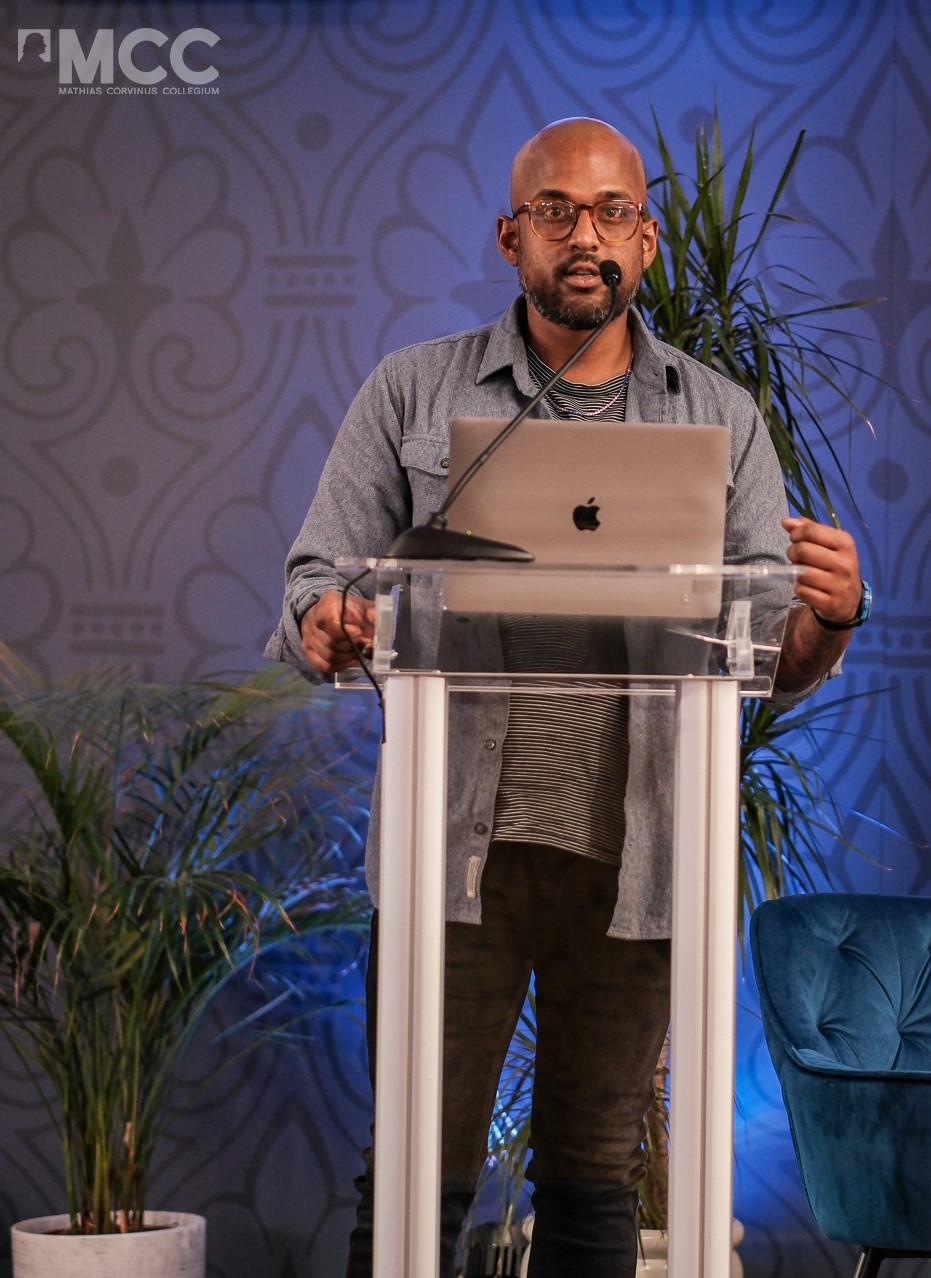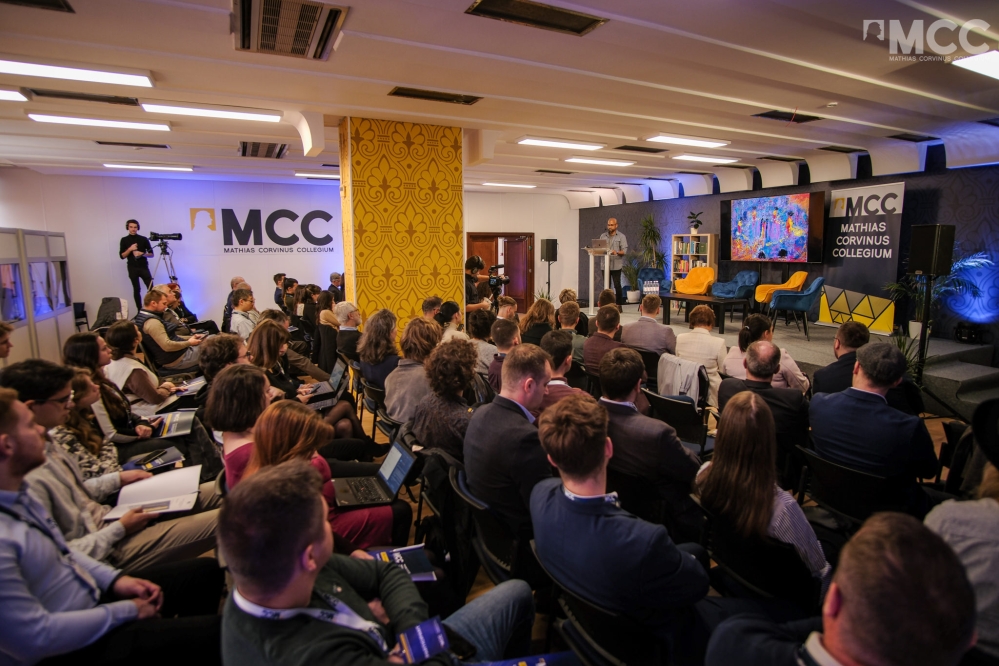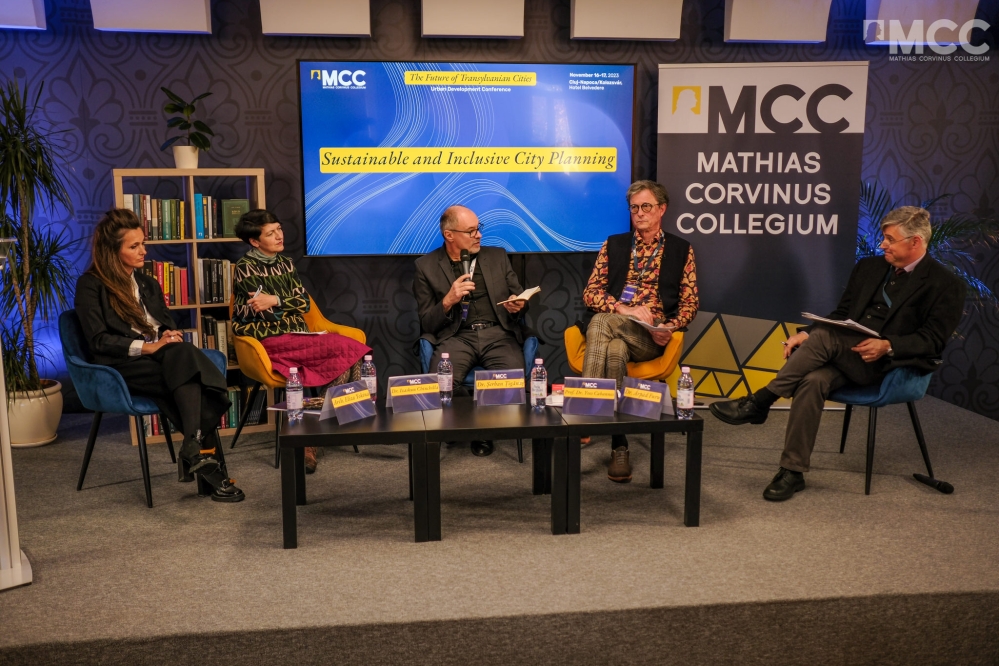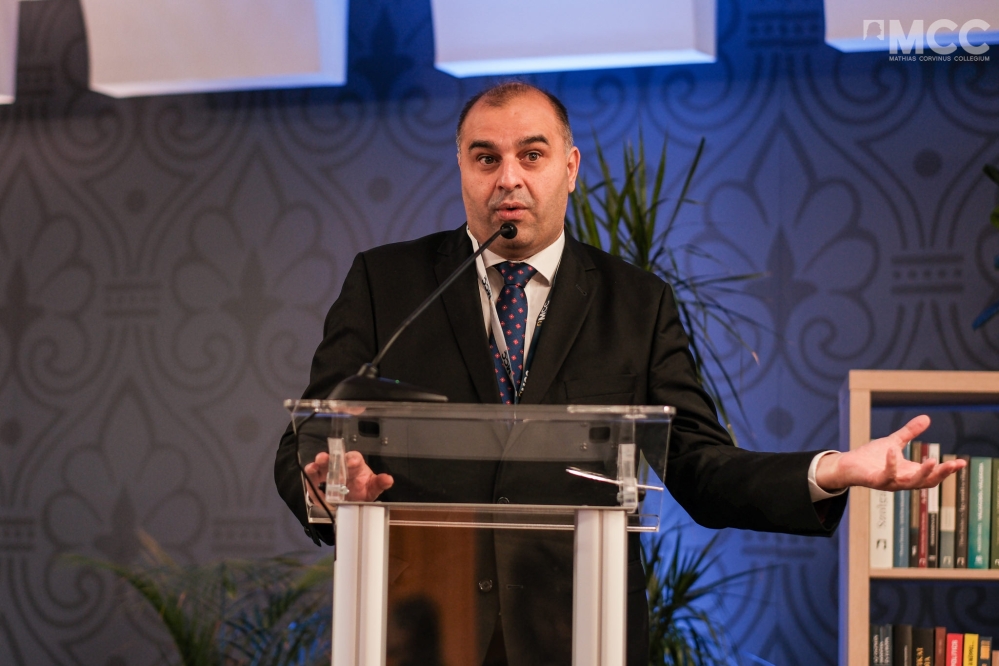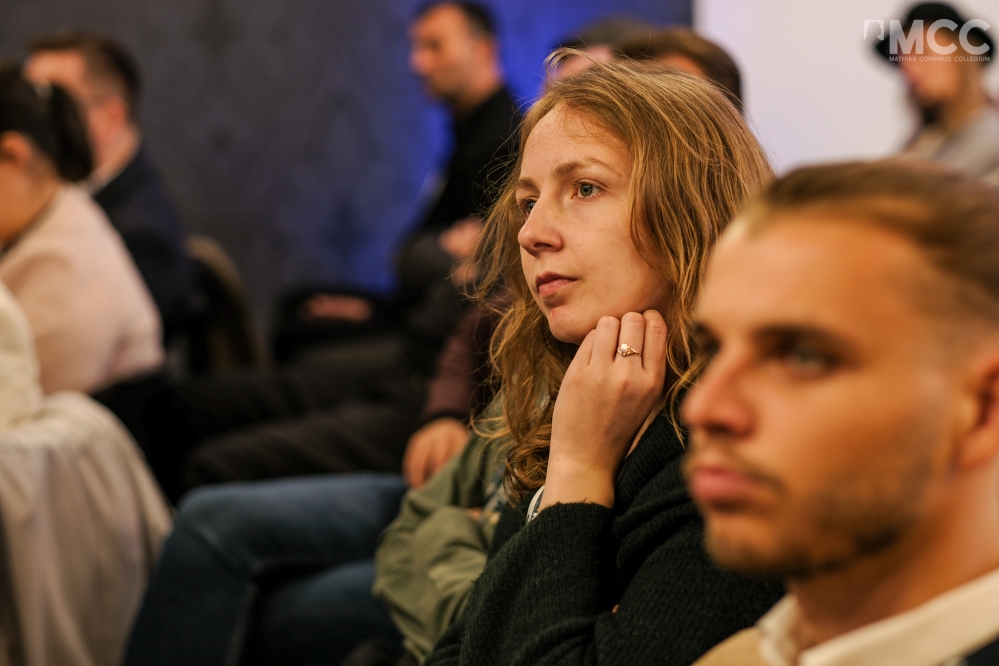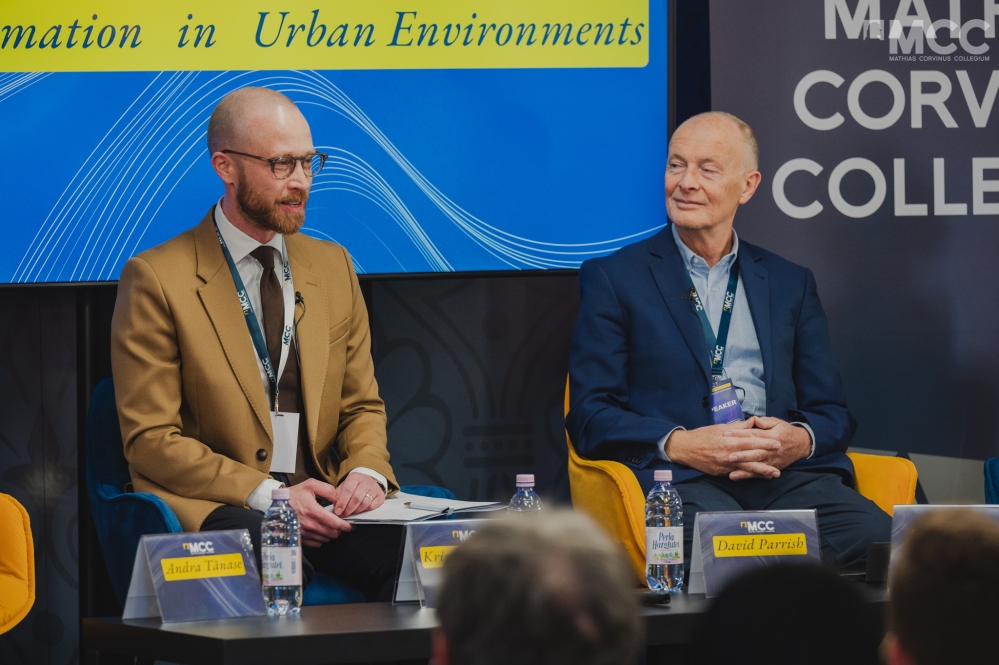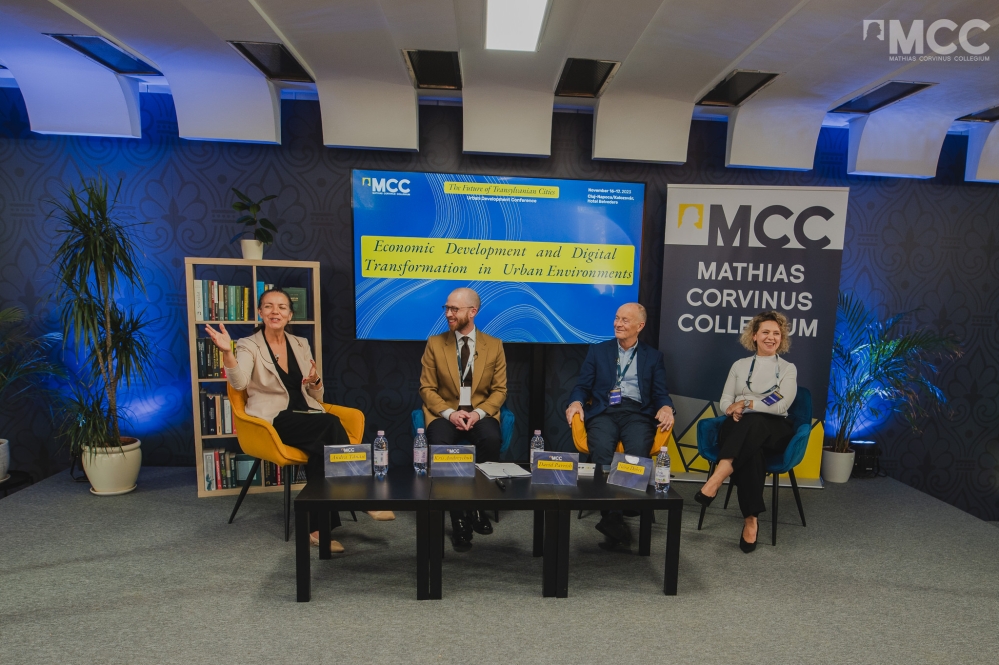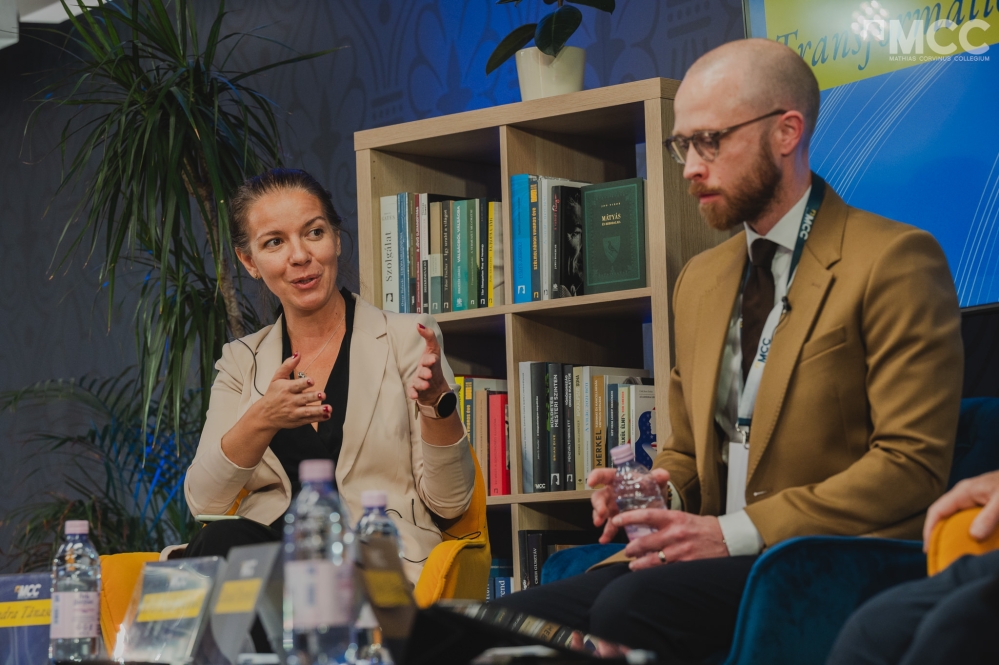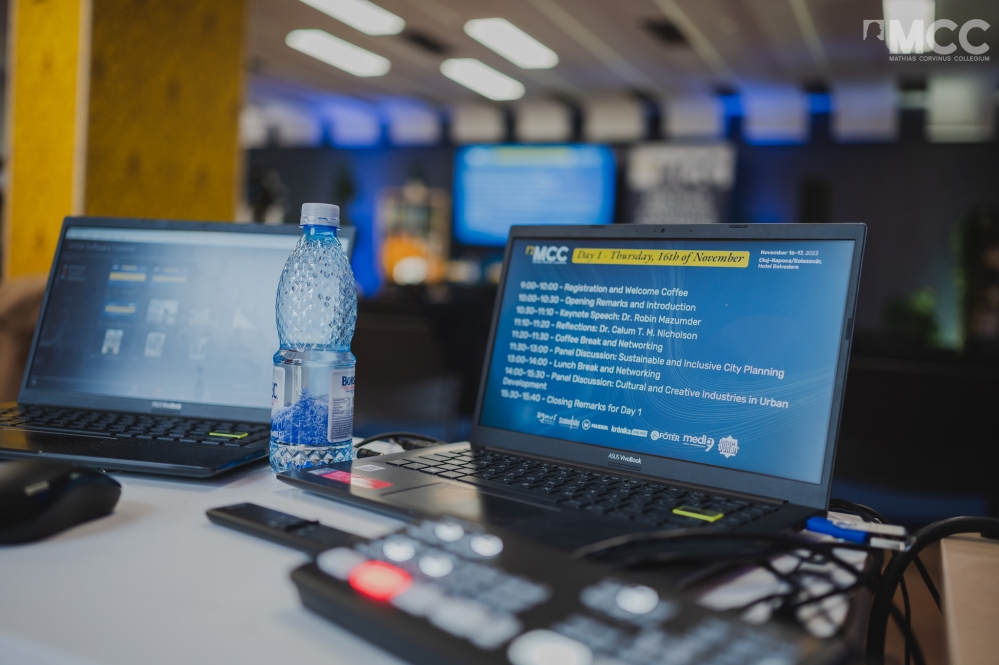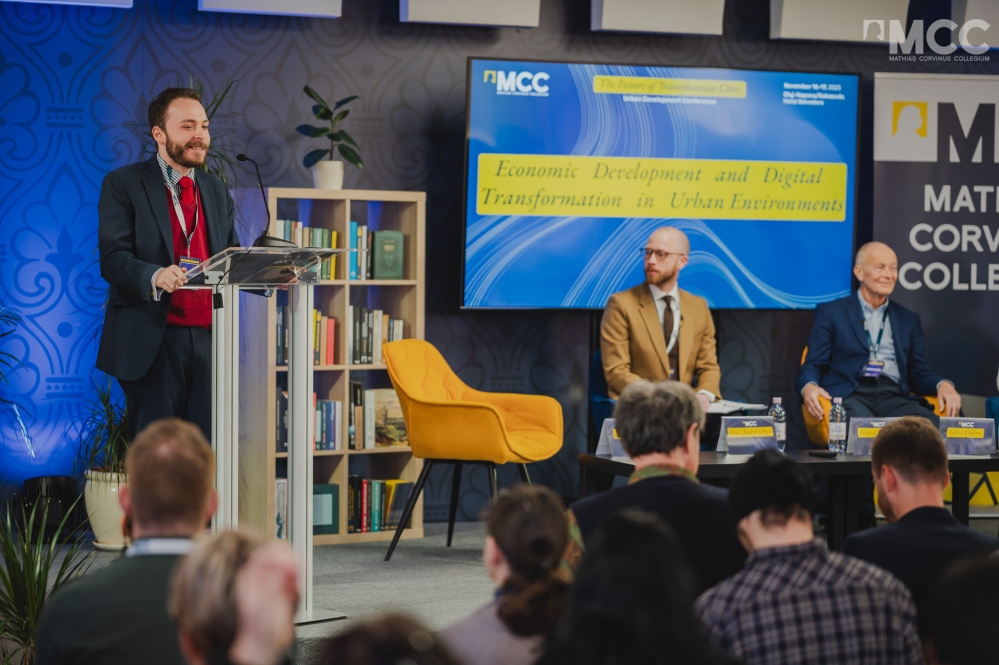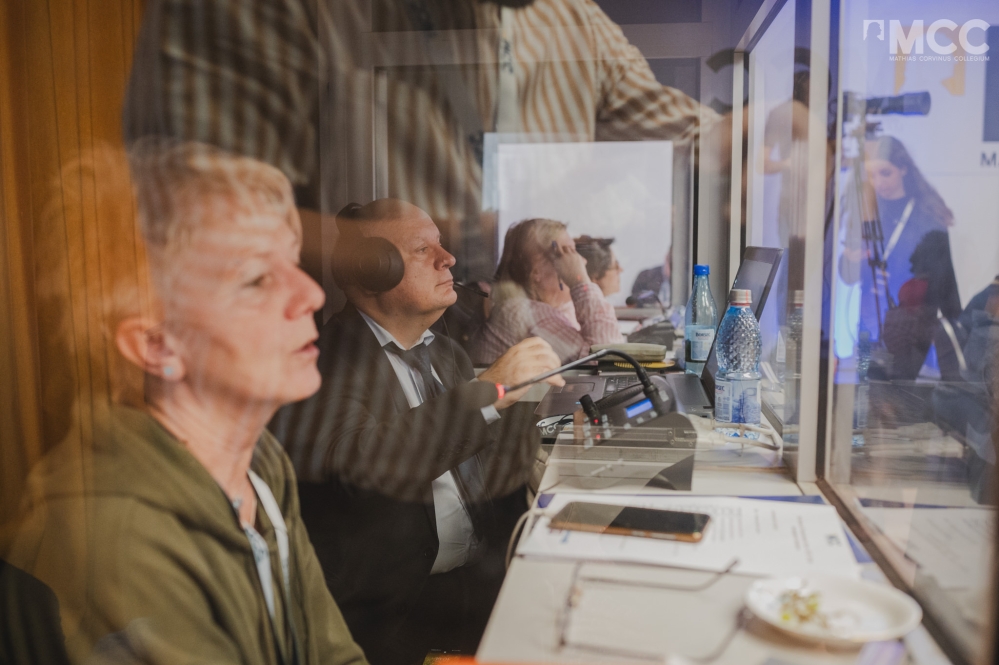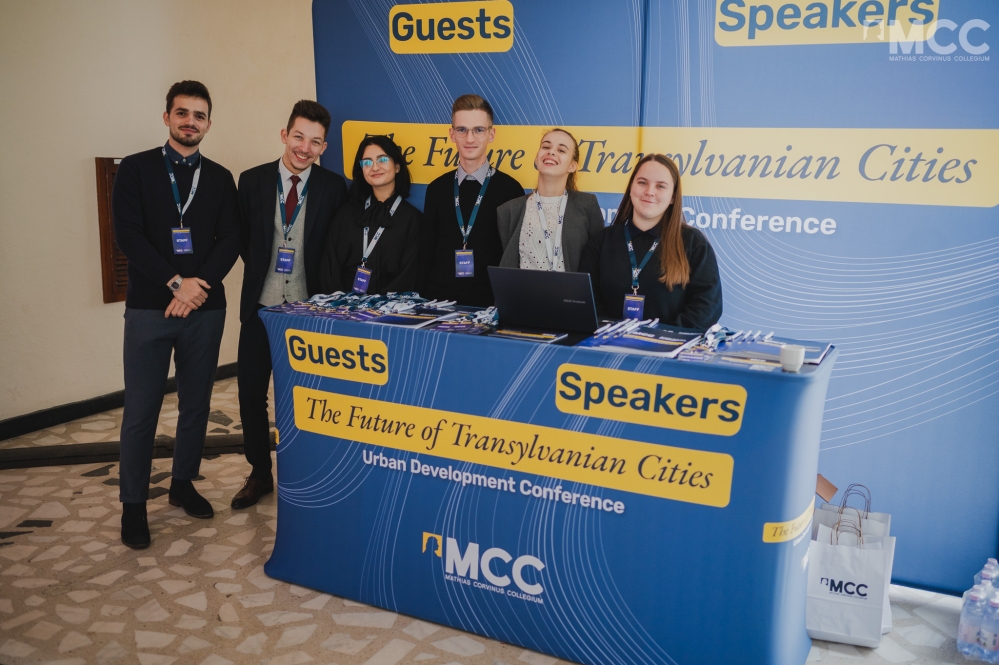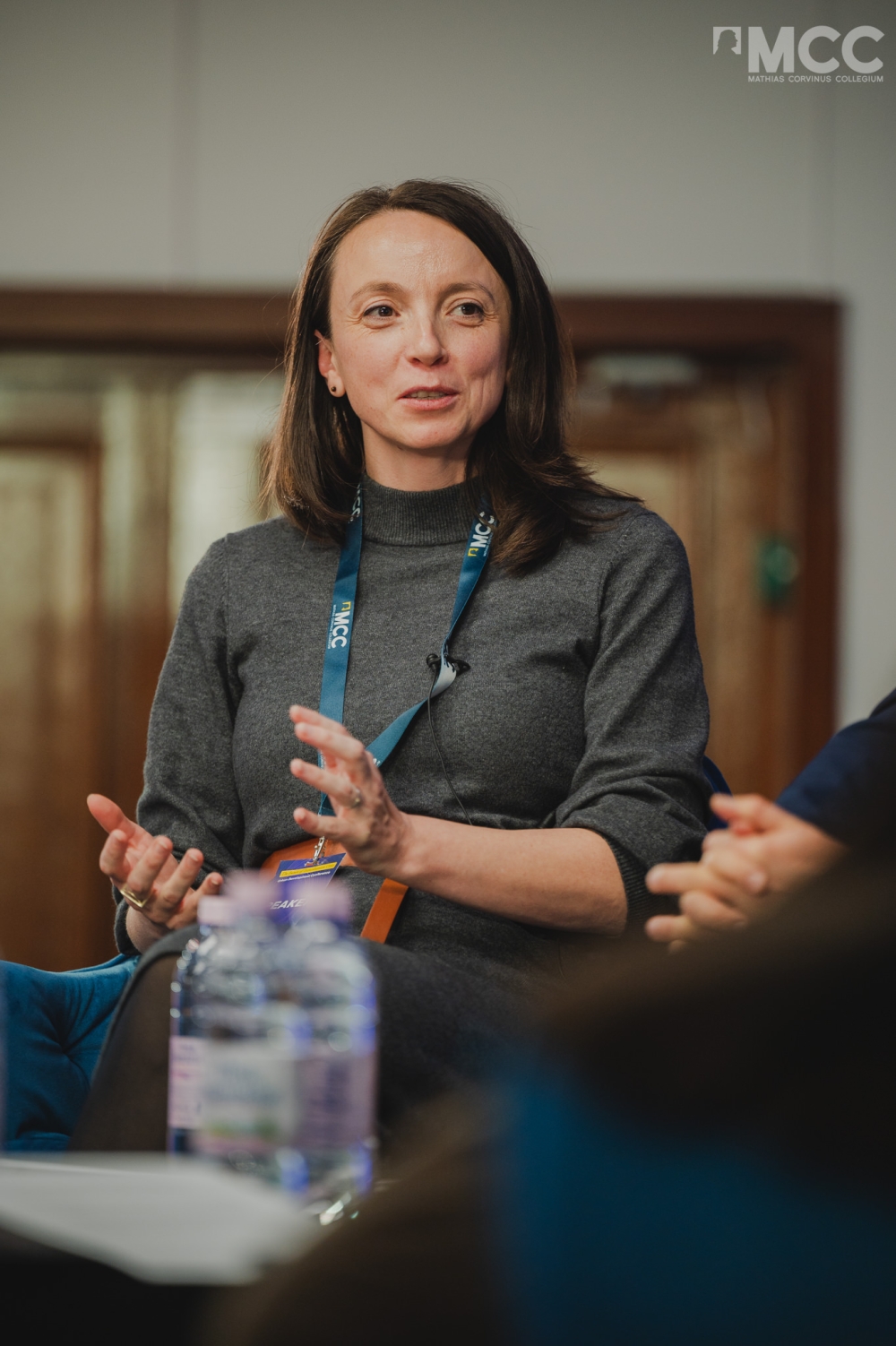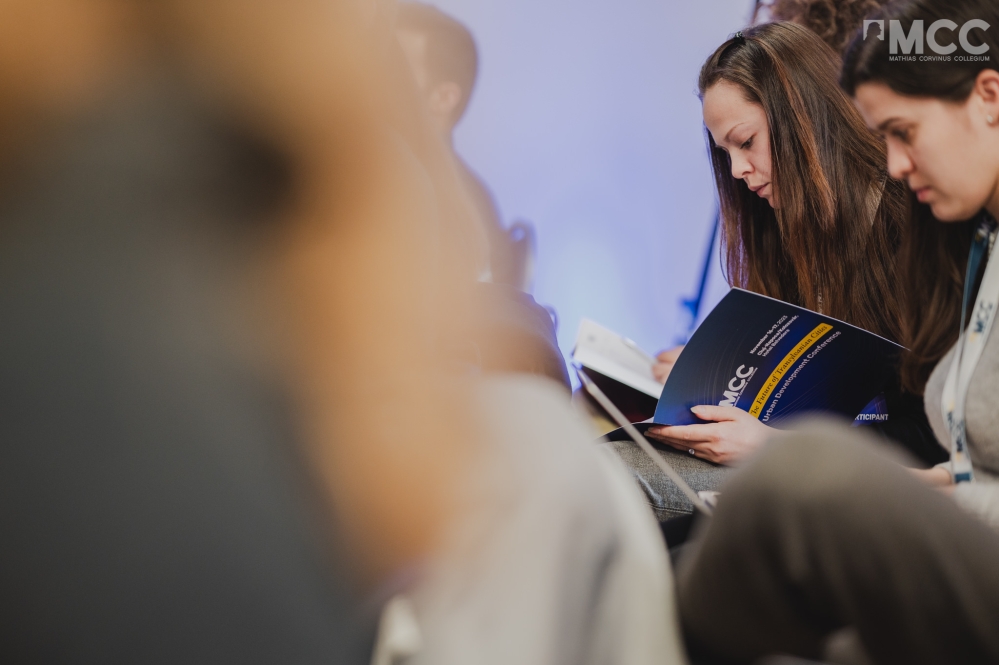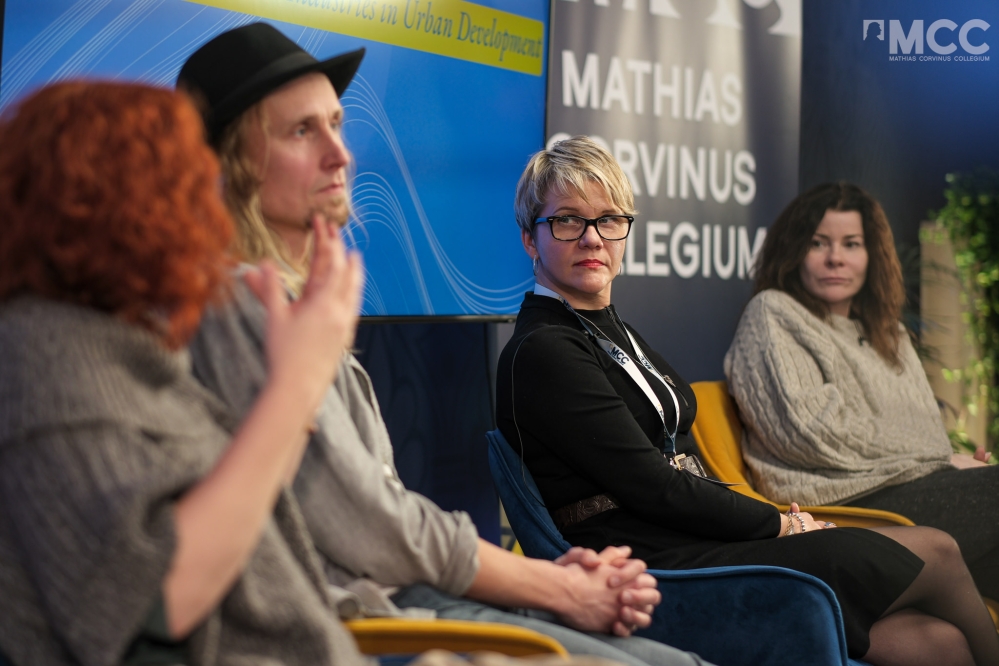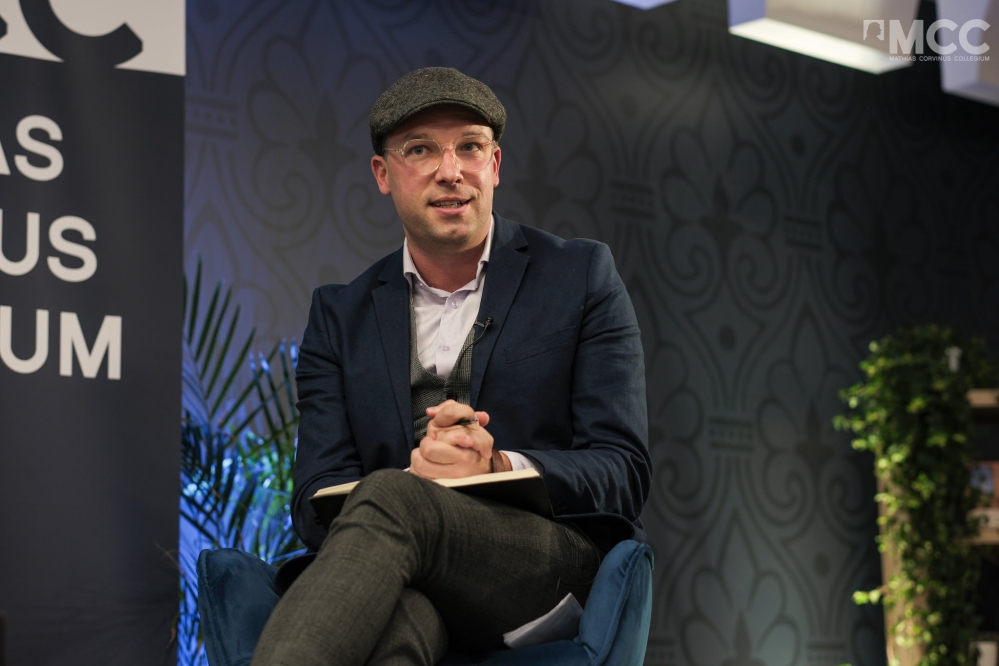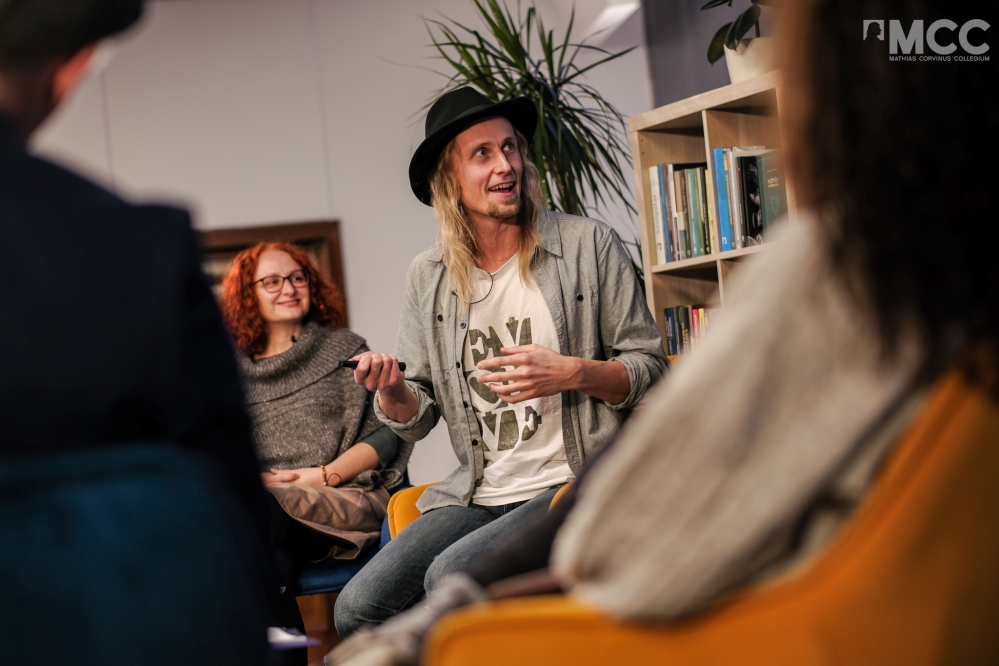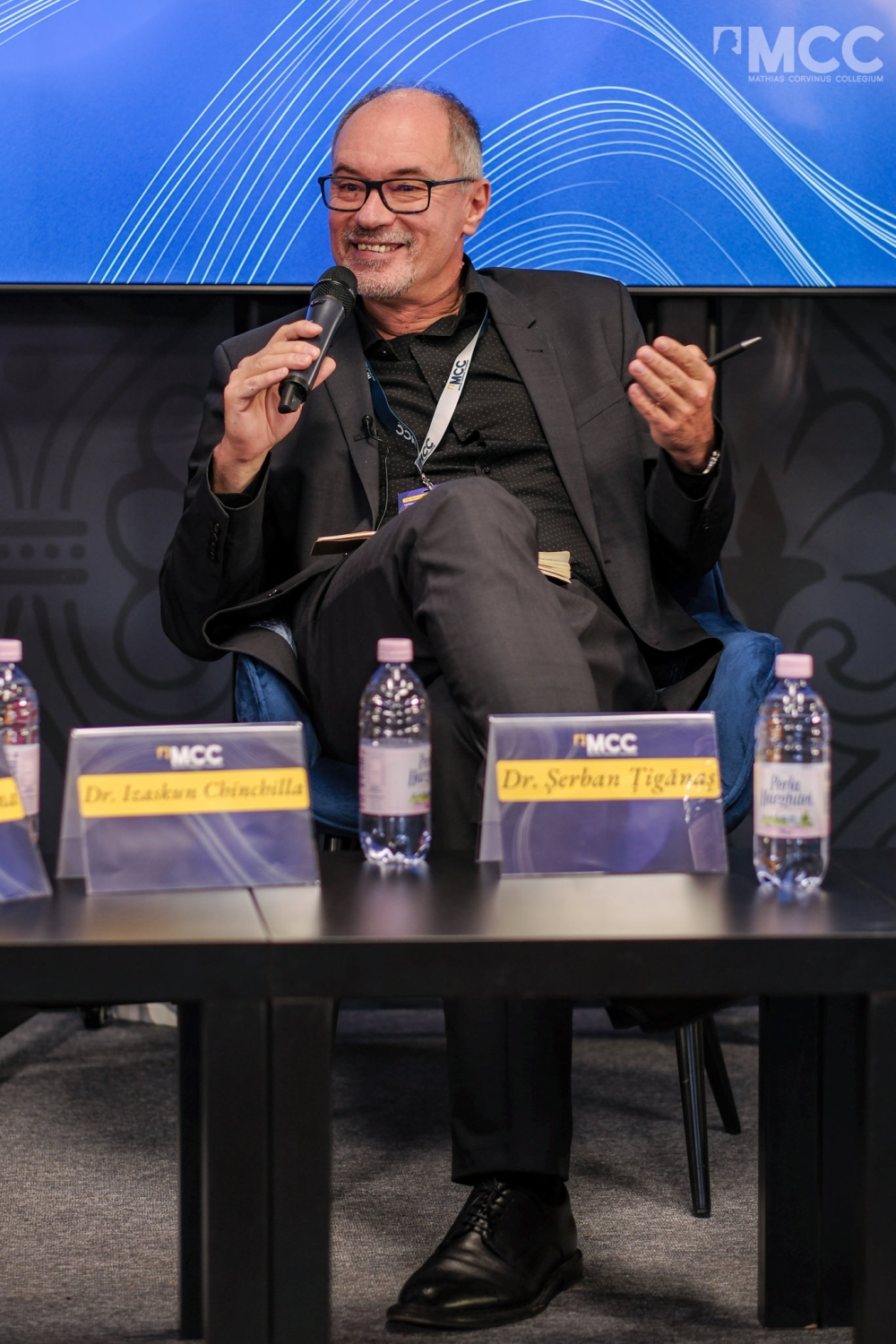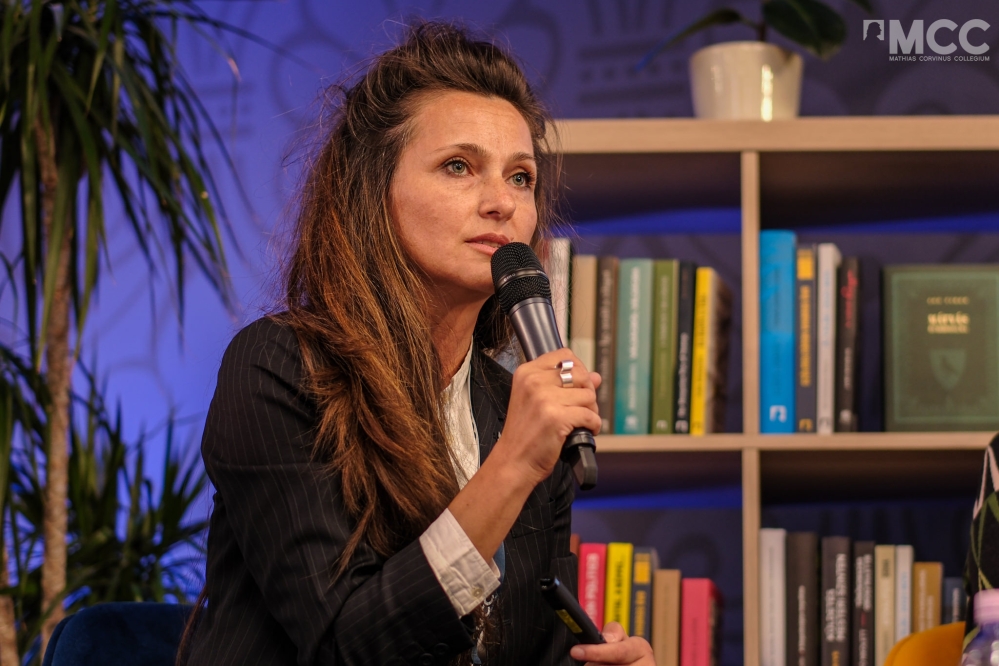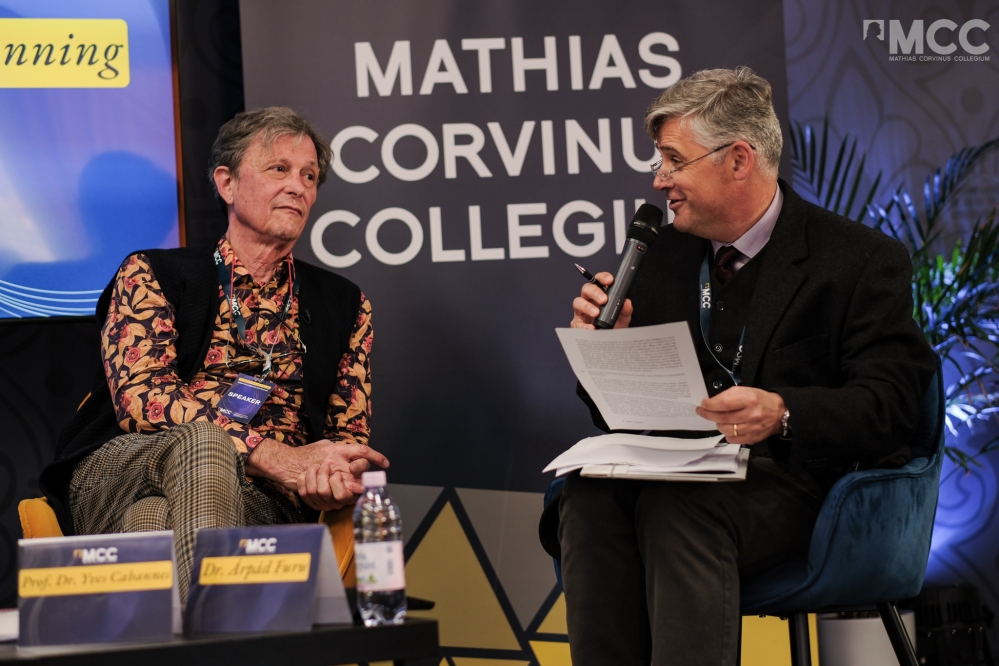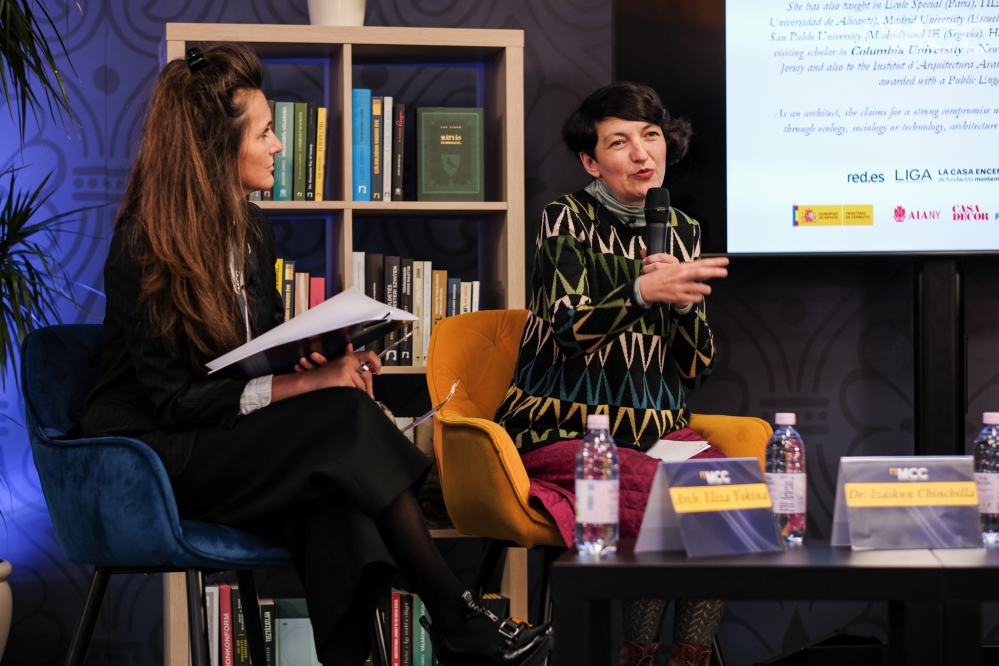Reading time: 6 minutes
What should the city of the future look like? What are the best practices for creating a healthy and inclusive urban environment? The Future of Transylvanian Cities conference was full of innovative ideas and thought-provoking conversations about urban development, cultural, economic and sustainability topics.
The event was organised by Mathias Corvinus Collegium (MCC) on 16-17 November at the MCC Centre in Kolozsvár/Cluj-Napoca. More than 20 professionals from 9 countries, international guests and renowned local experts contributed to the discussions, sharing best practice models from around the world.
City of the future: cooperation and sustainability
We all want a city we love. In the ideal, healthy city, an active civil society participates in shaping the environment and the decision-making, old buildings are renovated and used properly, and new ones are accepted or even loved by the locals. A key element in such a city is that representatives from different sectors work together, and cultural institutions play a key role in creating communities, bringing people together. At MCC’s Urban Development conference, guests spoke about community building, economic development and cultural activities, while specific local questions and the importance of heritage preservation were present throughout the event.
Another important point at the panel discussions was that we should integrate agriculture and food into urban planning, said Dr Yves Cabannes, urban specialist and scholar, former chair of Development Planning at Bartlett Development Planning Unit (DPU) at University College London. Romania exports half of its harvest, but at the same time imports an enormous amount of food. We need a much more sustainable food system, efficient urban agriculture, organisations that support local vendors and proper food recycling. All this should be taught and even practiced already in schools. People need healthy, locally grown, affordable food. This is the only way to make cities sustainable.
Creating links between society, specialists, and institutions
Every city is unique, but our problems are common, and the key is to connect the professionals, society, and public institutions. One of the aims of the MCC urban development conference was to create a professional network where anyone interested in the subject could exchange ideas and discuss the possibilities of our cities’ future. The event aimed to explore the processes that shape our environment in the most comprehensive way possible, bringing together different disciplines and their representatives.
The conference was opened by Botond Talpas, general director of MCC in Transylvania, who emphasized the importance of cultural heritage conservation, sustainability, and inclusiveness in the context of rapid population growth and changing infrastructure. "MCC supports talented young people who feel responsible for their environment and, in the long term, use the knowledge they acquire to benefit their communities. The conference is a sign of our commitment to this cause," added the director.
Experts from around the world in Kolozsvár
As keynote speaker, Dr Robin Mazumder, psychologist and expert in neurosciences, or neurourbanist, as he defined his profession, presented results from his research and shared his story. "Sometimes I think this city is trying to kill me," a disabled man told Robin Mazumder as he recounted trying to cross a busy street in his home town. The conversation inspired the therapist to study how urban environments influence the wellbeing of people, communities and society. He is currently writing a book about his experiences. He uses wearable technology and virtual reality to measure physiological reactions to urban environments.
As a therapist he noted that one of the biggest problems in cities is social isolation. The lockdowns in 2020 created a loneliness epidemic, and the crowded urban environment, monotonous and bland design, lack of green spaces can aggravate mental illnesses or contribute to their onset. "We need each other more than anything to survive," the expert added. The presentation was followed by reflections from Dr Calum T. M. Nicholson, a British anthropologist with degrees from Cambridge and Oxford.
Among the invited speakers at the conference were Dr. Izaskun Chinchilla, Professor in Architectural Practice at UCL, at the Bartlett School of Architecture, Yasha Young, Curator, Founder and Senior Executive of Urban Nation Museum Berlin, Jaakko Blomberg, Artist and Co-founder of Helsinki Urban Art, Agnieszka Kolek, Head of Cultural Engagement, MCC Brussels, David Parrish, Creativity and Business Specialist, and Kris Andreychuk, Leader of the Data Science and Research team at the City of Edmonton.
The conference also had local experts as speakers, such as Dr. Șerban Țigănaș, architect, dean of the Faculty of Architecture and Urban Planning at the Technical University of Cluj-Napoca, Guttmann Szabolcs, Architect, Urbanist, Heritage and Conservation Specialist, Rarița Zbranca, Programme Director at Cluj Cultural Centre, Andi Daiszler, Cultural Manager, Andra Tănase, Senior Green and Digital Strategist at Transilvania IT Cluster, Nora Dobre, senior expert in human resources and associate teacher at Babeș-Bolyai University, Dr. Árpád Furu, Heritage and Conservation Engineer and Etnographer.
Kolozsvár/Cluj-Napoca Cityscape
What is the most beautiful building in Kolozsvár built in the last 30 years? The invited specialists couldn’t answer instantly to this question. At the last panel of the conference the guests assessed the current situation of the municipality, especially the Citadel, and discussed the possibilities of the city.
The guest speakers were Dr. Virgil Pop, architect, university professor, heritage and conservation specialist, Dan Clinci, Architect, project manager at the Institute for Research in Circular Economy and Environment Ernest Lupan, Tibor Weber, engineer, founder and manager of Weberbau, Camelia Sisak and Dr. Silviu Aldea, architects and teachers of the Faculty of Architecture and Urbanism at the Technical University of Kolozsvár, founders of Atelier MASS, the architecture office working on the rehabilitation of the Citadel. The discussion was moderated by Dr. Szabolcs Guttmann, architect specialized in the protection of monuments and historical sites. The Citadel is an emblematic place in Kolozsvár, and despite the difficulties, everyone has good intentions and the project is moving forward, the experts said. But conflicts arise as soon as personal interests come to the fore. Today the entire Citadel area has seven owners, and this creates absurd situations.
The guests also specified that the dominant elements in the urban landscape indicate the values of the city, but in recent years this image has been disrupted by the pursuit of temporary profits. The silhouette of the city is a symbol in itself, and the urban landscape is a historical legacy that needs care.
At the event, Dan Ștefan Tarcea, deputy mayor of Kolozsvár, spoke about ongoing developments and future plans for the city, such as the full electrification of public transport, the expansion of the cycle route network and the reduction of the city's carbon emissions. He believes that the conference touched on topics of great importance, given the city's future challenges in urban development, such as energy efficiency, natural resource management, green space rehabilitation and traffic management, all of which lead to an increased quality of life.
The conference was concluded by Stephen Sholl, MCC's Director of International Communications. He pointed out that the discussions made it clear that we need healthy and loveable cities. These urban environments can be created by collective thinking and our pursuit of beauty, which we must apply to architecture and heritage conservation.
